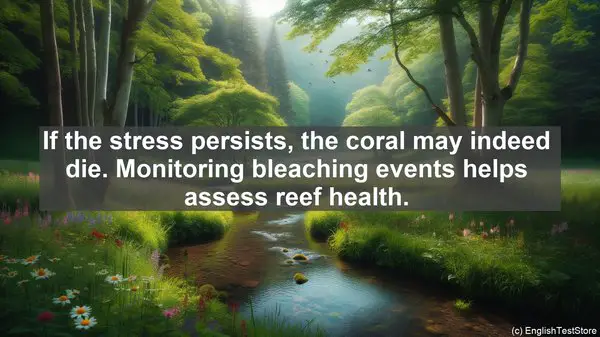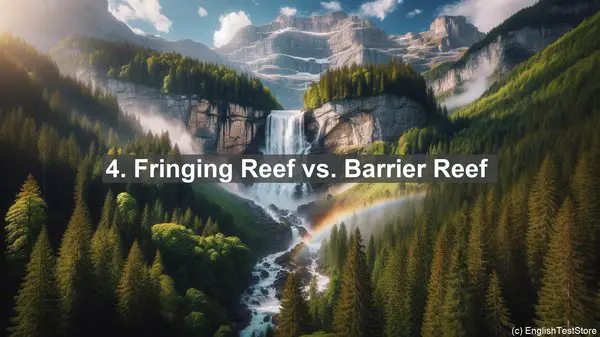Introduction: The Intricacies of Coral Reef Ecology
Today, we’re diving deep into the world of coral reef ecology. As you explore this field, you’ll encounter numerous terms that may seem similar but have distinct meanings. In this lesson, we’ll unravel the top 10 commonly confused words in this domain, ensuring you have a solid foundation for your studies. Let’s begin!

1. Coral vs. Coral Polyp
Often used interchangeably, ‘coral’ and ‘coral polyp’ refer to different entities. While ‘coral’ denotes the entire structure, ‘coral polyp’ is the individual organism responsible for its construction. Understanding this distinction is crucial when discussing coral growth and reproduction.
2. Bleaching vs. Death
When a coral loses its vibrant color, it’s often mistaken for being dead. However, ‘bleaching’ is a reversible stress response, indicating the expulsion of symbiotic algae. If the stress persists, the coral may indeed die. Monitoring bleaching events helps assess reef health.
3. Zooxanthellae vs. Phytoplankton
Zooxanthellae are photosynthetic organisms that reside within coral tissues, providing them with nutrients. While they belong to the same group as phytoplankton, they differ in habitat. Zooxanthellae have a symbiotic relationship with corals, whereas phytoplankton are free-floating.
4. Fringing Reef vs. Barrier Reef
Both fringing reefs and barrier reefs are types of coral reefs, but they differ in their proximity to land. Fringing reefs directly border the shoreline, while barrier reefs are separated by a lagoon. This distinction is essential when studying reef formation and coastal geography.
5. Biodiversity vs. Species Richness
Often used synonymously, ‘biodiversity’ and ‘species richness’ have nuanced differences. Biodiversity encompasses not only the number of species but also their genetic variability and ecological roles. Species richness, on the other hand, solely refers to the number of species in an area.
6. Eutrophication vs. Oligotrophication
Eutrophication and oligotrophication describe contrasting nutrient conditions in aquatic ecosystems. Eutrophication refers to excessive nutrient enrichment, leading to algal blooms and oxygen depletion. Oligotrophication, in contrast, is the natural nutrient impoverishment of a system.

7. Apex Predator vs. Keystone Species
While both apex predators and keystone species play crucial roles in ecosystems, they differ in their impact. Apex predators, like sharks, regulate prey populations. Keystone species, such as parrotfish, shape habitats through their feeding activities, influencing the entire community.
8. Upwelling vs. Downwelling
Upwelling and downwelling are oceanic processes that drive nutrient cycling. Upwelling occurs when nutrient-rich waters from the deep rise to the surface, fueling productivity. Downwelling, on the other hand, involves the sinking of surface waters, transporting organic matter to the depths.
9. Symbiosis vs. Mutualism
Symbiosis is a broad term encompassing various types of interactions between organisms. Mutualism, a type of symbiosis, specifically refers to interactions where both partners benefit. Other types of symbiotic relationships include commensalism (one benefits, the other is unaffected) and parasitism (one benefits, the other is harmed).
10. Ocean Acidification vs. Global Warming
Ocean acidification and global warming are distinct but interconnected issues. Global warming, primarily caused by greenhouse gas emissions, leads to rising temperatures. This, in turn, affects ocean chemistry, causing acidification. Both processes have profound implications for coral reef health.
